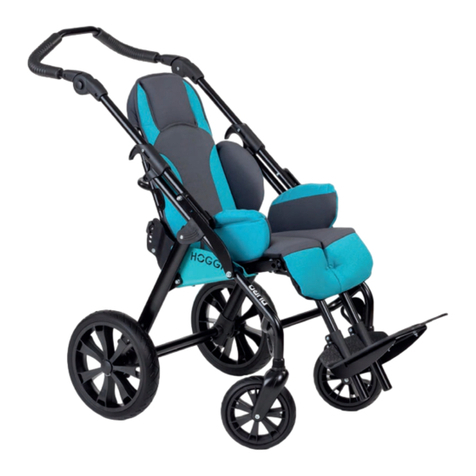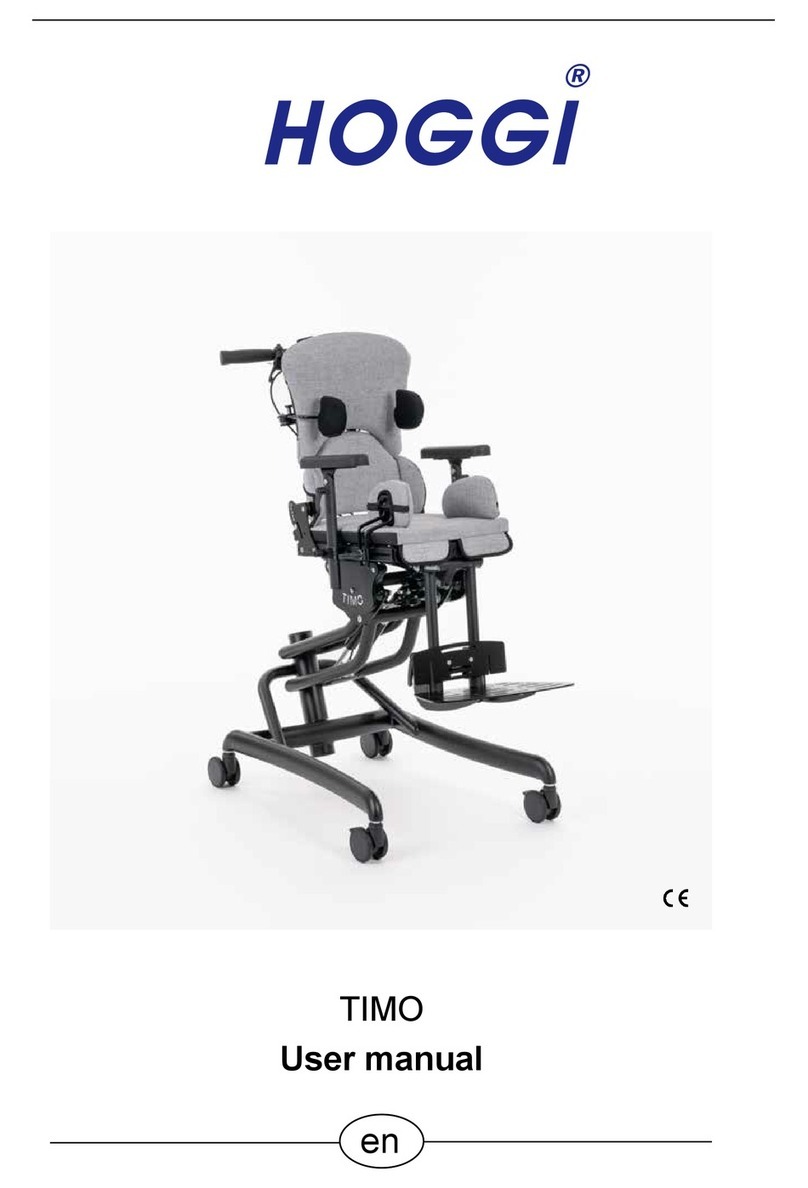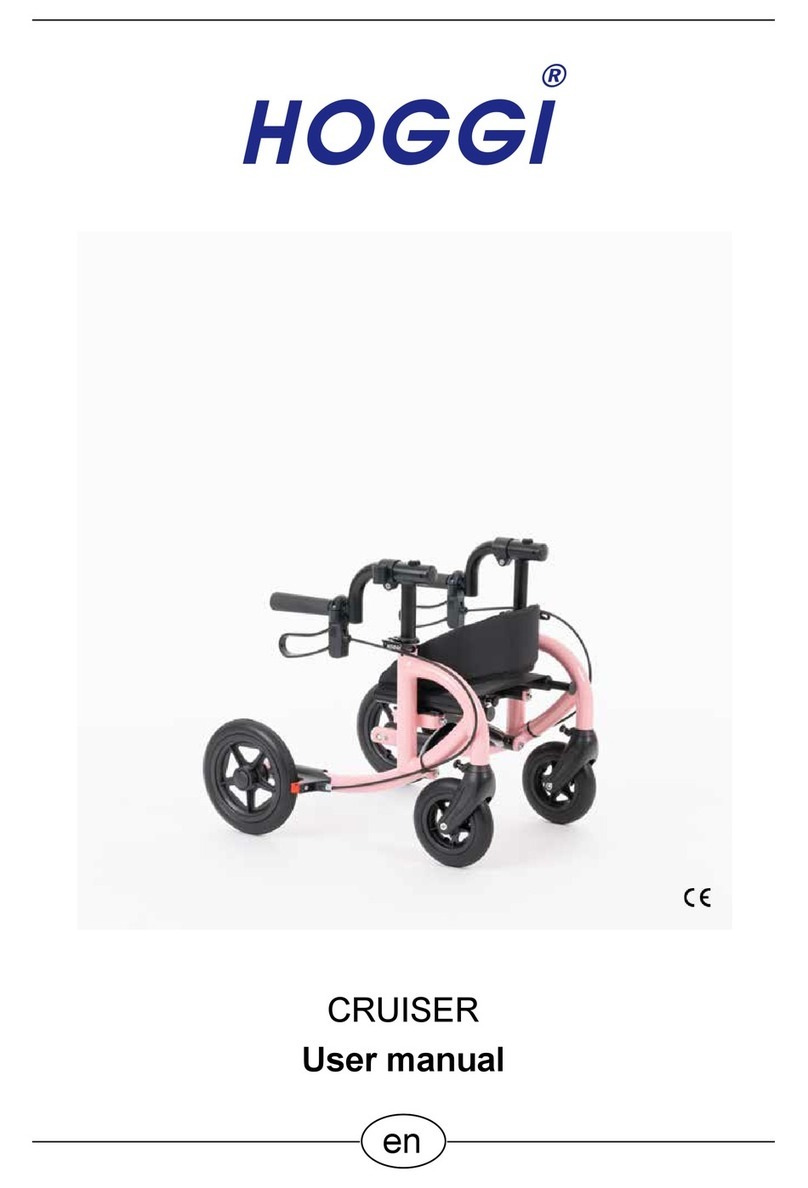1
User Manual for BINGO Rehab Pushchair
Contents Page
1 Common Information
1.1 Preface ___________________________________________________________________ 2
1.2 Application _________________________________________________________________ 2
1.3 Declaration of conformity ______________________________________________________ 2
1.4 Terms of warranty ___________________________________________________________ 2
1.5 Servicing and repairs _________________________________________________________ 2
2 Safety Instructions ______________________________________________________________ 3
2.1 Meaning of symbols _________________________________________________________ 3
2.2 Common safety instructions ___________________________________________________ 3
3 Delivery and Preparing for Use ____________________________________________________ 6
4 Adjusting and Adaptation Possibilities ____________________________________________ 10
4.1 Wheel lock ________________________________________________________________ 10
4.2 Height adjustment of push handle ______________________________________________ 10
4.3 Seat depth and seat width ____________________________________________________ 11
4.4 Hip pads _________________________________________________________________ 11
4.5 Back height _______________________________________________________________ 11
4.6 Recline __________________________________________________________________ 12
4.7 Knee Angle _______________________________________________________________ 12
4.8 Lower leg length ___________________________________________________________ 12
4.9. Footrest angle adjustment ____________________________________________________ 12
4.10 Footrest lock (optional) ______________________________________________________ 13
4.11 Detaching and Attaching the seat unit ___________________________________________ 13
4.12 Use of seat unit against driving direction _________________________________________ 13
4.13 Tilt in space _______________________________________________________________ 14
4.14 Detaching wheels with quickrelease ____________________________________________ 15
4.15 Suspension _______________________________________________________________ 15
4.16 Pneumatic tyres ____________________________________________________________ 15
5 Accessories ___________________________________________________________________ 16
5.1 Swivel Lock _______________________________________________________________ 16
5.2 Storage Bag ______________________________________________________________ 16
5.3 Headrest Pads _____________________________________________________________ 17
5.4 Thorax Pads ______________________________________________________________ 18
5.5 Lap Belt __________________________________________________________________ 19
5.6 Five-point Harness _________________________________________________________ 20
5.7 Foot Straps _______________________________________________________________ 21
5.8 Frame Padding ____________________________________________________________ 22
5.9 Groin Strap _______________________________________________________________ 22
5.10 Fixation Jacket ____________________________________________________________ 23
5.11 Chest-Shoulder Harness _____________________________________________________ 24
5.12 Abduction Block ____________________________________________________________ 25
5.13 Grap Rail with upholstery ____________________________________________________ 25
5.14 Therapy Tray ______________________________________________________________ 25
5.15 Winter Warmer ____________________________________________________________ 26
5.16 Rain Cape ________________________________________________________________ 26
5.17 Canopy __________________________________________________________________ 27
5.18 Attendant brake ____________________________________________________________ 27
5.19 Ankle huger _______________________________________________________________ 28
6 Transportation _________________________________________________________________ 28
6.1 In the Trunk of a Car ________________________________________________________ 28
6.2 Using BINGO Rehab Pushchair for Bus Transport _________________________________ 29
7 Maintenance __________________________________________________________________ 29
8 Technical Data _________________________________________________________________ 30


































